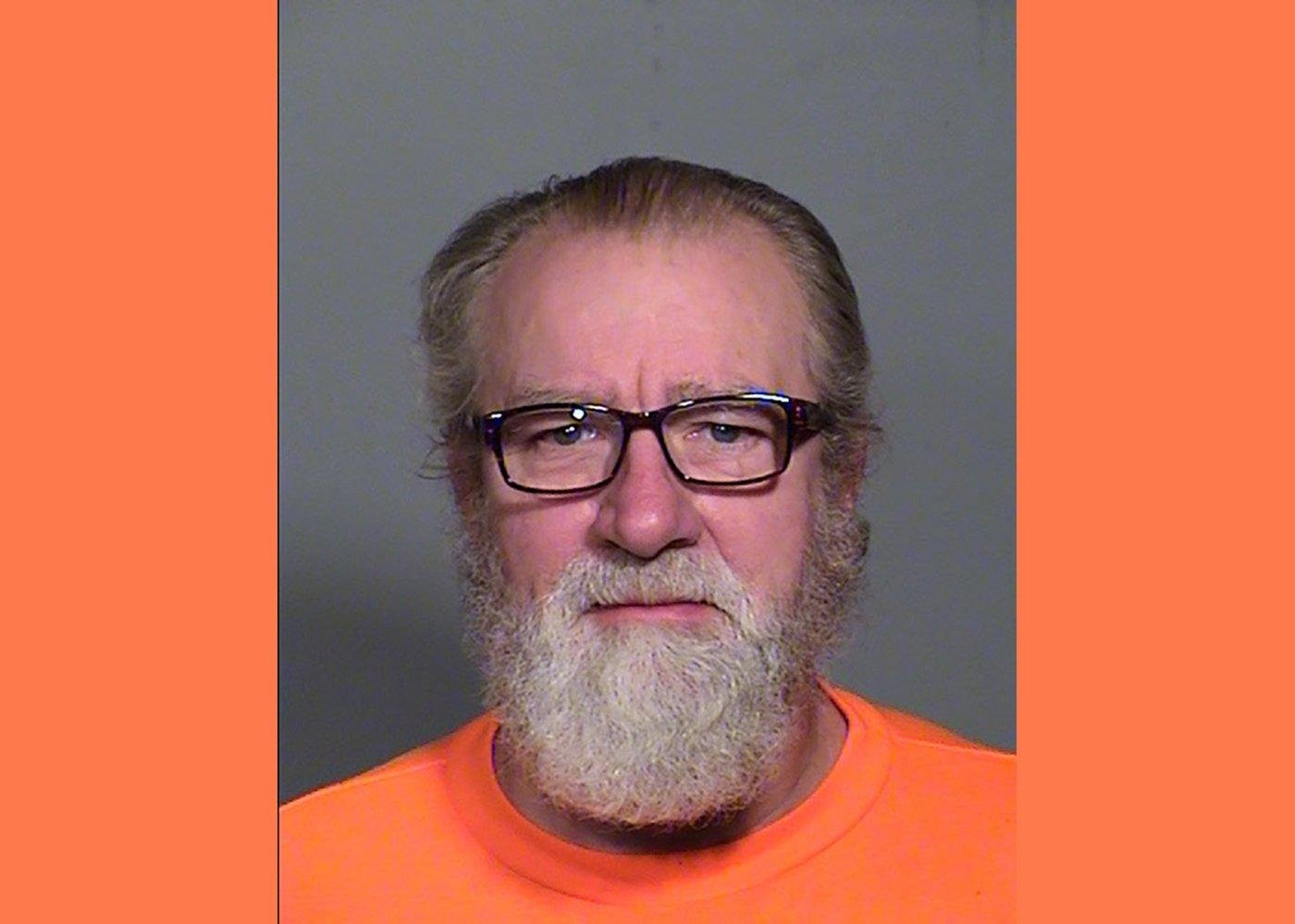arizona
Inmate Confesses: “I Wanted to Kill Them All” in Tucson Prison Sex Offender Slayings

On April 4, Ricky Wassenaar took the lives of three inmates at an Arizona State Prison located near Tucson. Among them were two individuals serving life sentences for sexual conduct with minors and one who had raped and killed a 15-year-old girl.
In a recent conversation with the Arizona Mirror, Wassenaar expressed no remorse, stating, “Child molesters: I wanted to kill them all. That’s all I can say.” He justified his actions, claiming, “The taxpayers no longer have to pay for them. I’m paying my debt to society.”
The Arizona Department of Corrections is currently investigating the incident. No criminal charges have been filed as of yet. A spokesman for the Pima County Attorney’s Office indicated that the investigation has not been referred to their office, while the Corrections Department condemned the violence and mentioned it was swiftly contained.
Wassenaar, referred to as “Rooster” in prison, is already serving 16 life sentences stemming from a 2004 escape attempt that culminated in a 15-day hostage standoff at Lewis Prison in Buckeye. He has spent 38 of his 62 years incarcerated, with only a brief four-month period outside prison walls. Notably, Pima County Attorney Laura Conover has publicly voiced her opposition to the death penalty.
In a previous incident last November, Wassenaar claimed to have killed another inmate, insisting he did so to avoid sharing a cell. Corrections officials did not substantiate his claim, and an autopsy could not determine the cause of death, though Wassenaar maintains he strangled the man.
Carlos Garcia, president of the Arizona Correctional Peace Officers Association, commented on the situation, stating, “He told them he was going to kill someone. They didn’t listen, and he did it.”
Reflecting on his past, Wassenaar revealed a radical change in his identity due to his prolonged incarceration. Recalling an earlier interview, he noted, “I was a whole different person then… I’m a killer now. I was never a killer before.”
Back in 2004, Wassenaar made headlines during a failed escape attempt. He and an accomplice initiated what would become the longest hostage situation in Arizona prison history. After overpowering a guard, he impersonated a correctional officer, leading to chaotic scenes filled with demands and negotiations.
In the following weeks, Wassenaar pleaded not guilty to multiple charges related to the siege. Yet, the trial proved dramatic, with Wassenaar, who chose to represent himself, engaging in confrontational exchanges with both the judge and the prosecutor. Ultimately, he was found guilty on numerous counts and sentenced to 16 life terms.
More recently, Wassenaar has vocalized explicit intentions to kill any cellmate assigned to him. He seems to believe that by doing so, he can control his circumstances behind bars. His latest victim, Saul Alvarez, was reportedly killed with both suffocation and stabbing, and Wassenaar even arranged the body in a deceptive manner.
Wassenaar’s actions reveal a complex mix of ideology and brutality, with lingering questions about the systemic failures that allowed such violence to unfold within the prison system. As the investigation continues, the ramifications of his actions will inevitably reverberate through the state’s correctional policies.


















